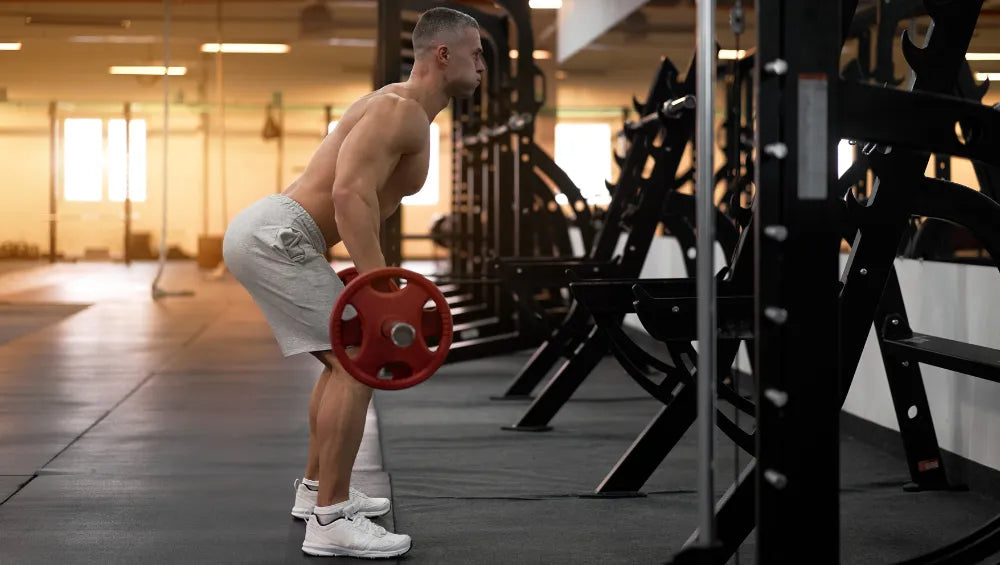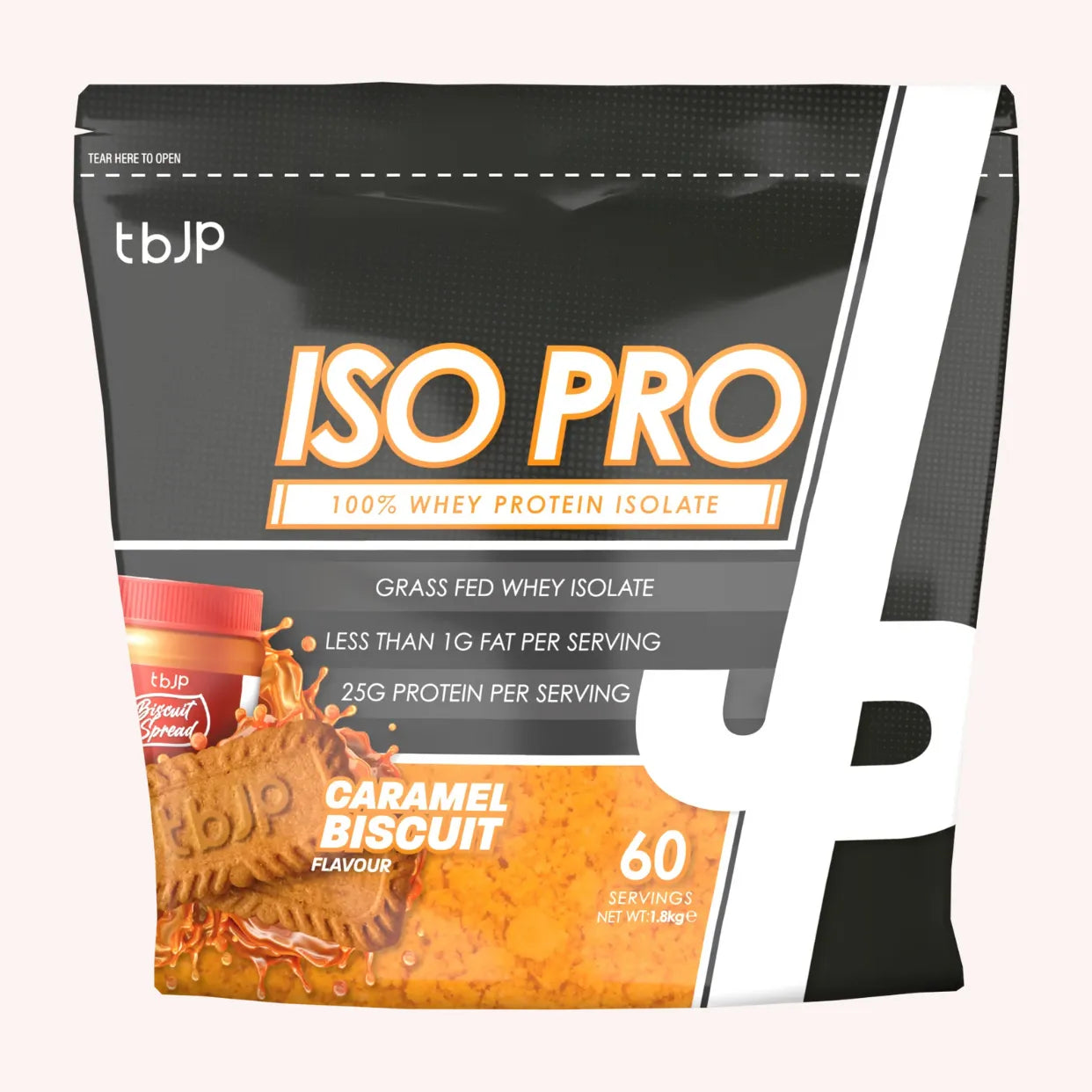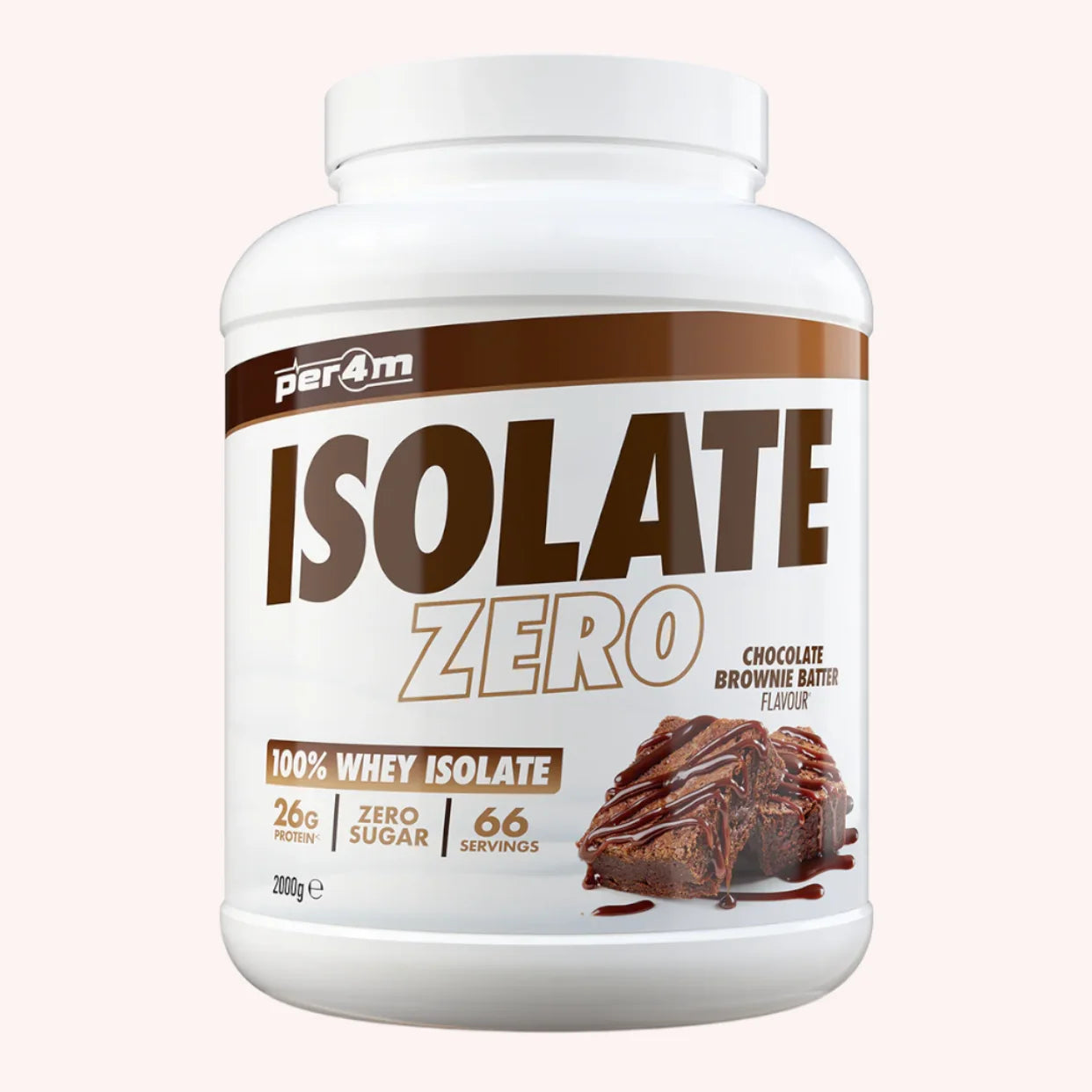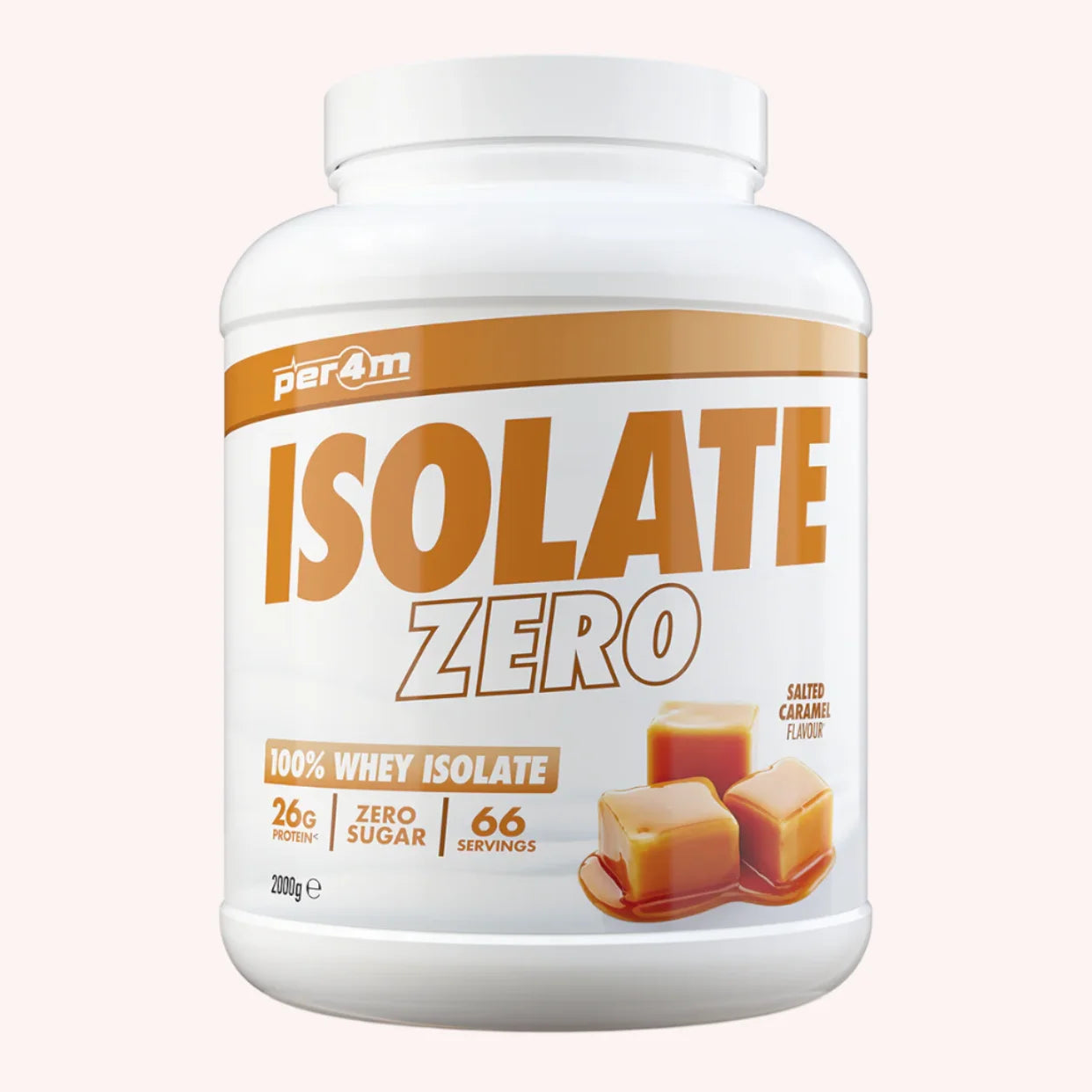The back plays a vital role in the stability and overall aesthetics of the body. Working this muscle area is essential for improving your performance, preventing imbalances, and achieving harmonious posture.
Here's a complete guide to discovering the best back exercises and maximizing your results.
Why is working your back essential?
The back is made up of several muscle groups, including the latissimus dorsi, trapezius, rhomboids, and lumbar vertebrae. These muscles not only support your spine, but also play a crucial role in your daily movements and athletic performance. Strengthening this area not only improves your posture but also your strength for multi-joint exercises like deadlifts and pull-ups.
Essential back exercises
Pull-ups on the fixed bar
Pull-ups are a classic way to work your lats and gain width. With a pronated grip (palms facing forward), you work your lats and middle trapezius muscles more.
- Variation: If you are a beginner, use an assistance band to perform the movement correctly.
- Tip: Incorporate a wide grip to emphasize back width work.
Bent-over bar rowing
Rowing is a must-do multi-joint exercise for the back. It targets muscle thickening, particularly the trapezius and rhomboids.
- Execution: Bend your torso to about 45°, keep your back straight and pull the bar towards your abdomen.
- Tip: Stabilize your core to avoid excessive stress on your lower back.
Vertical pulley row
Ideal for beginners, the vertical pull allows you to work the lats with increased control.
- Execution: Pull the bar towards your upper chest while keeping your back straight.
- Variation: Change the grip (wide, close, or underhand) to target different areas of the back.
Deadlift
This is one of the most comprehensive bodybuilding exercises. It works the lower back, trapezius, lats, and even the hamstrings.
- Technique: Keep your back neutral and engage your abs to protect your spine.
- Tip: Start with moderate loads to master the movement.
One-arm dumbbell row
This unilateral exercise allows you to precisely target each side of the back while correcting muscular imbalances.
- Execution: Place one knee on a bench, torso parallel to the floor, and pull the dumbbell towards your hip.
- Variation: Try a neutral grip to emphasize the work on the lats.
How to structure a back session
For balanced development, combine width exercises (pull-ups, lat pull-downs) and thickness exercises (rowing, deadlifts). A sample session:
- Warm-up: 5-10 minutes of light cardio and joint mobilization.
- Pull-ups: 4 sets of 8-12 reps.
- Barbell Rows: 4 sets of 10-12 reps.
- Vertical pulley row: 3 sets of 12-15 repetitions.
- Deadlift: 4 sets of 6-8 reps.
- One-arm dumbbell row: 3 sets of 10-12 reps per arm.
Common Mistakes to Avoid
- Neglecting to warm up: This can increase the risk of injury.
- Using too heavy a load: Favor correct execution rather than excessive loads.
- Round your back: Maintain a neutral posture to protect your spine.
- Forget about progression: Alternate exercises and increase loads gradually.
The Role of Nutrition in Muscle Development
Proper nutrition is essential to maximize your results. Incorporate protein powder to supplement your daily protein intake. Whey protein is particularly well-suited to supporting recovery and promoting muscle growth. Also consider adding sports supplements to boost your performance and speed up recovery.
For consistent progression, combine these exercises with a strategy that includes the best muscle groups to work together, such as the shoulders and lats, to balance your workouts. Tips on the best shoulder exercises can also complement your program.
Incorporate back exercises into your routine
Regularly working your back will strengthen your posture and maximize your overall performance. Combine heavy-duty exercises with isolation movements to specifically target each muscle group.
For an optimal approach, determine how many times per week you should train. This depends on your goals and experience level. Be sure to schedule rest days to promote recovery and maximize gains.
Back exercise and prevention of imbalances
A well-trained back isn't just about aesthetics or performance. It also plays a key role in injury prevention and overall muscle balance. Strong lats help better stabilize the spine, reducing the risk of lower back pain or postural imbalances.
To strengthen this area while ensuring a balanced workout, don't forget to complement your workouts with exercises targeting antagonist muscles, such as the pectorals and abdominals. A balanced routine also includes mobility work, particularly in the shoulders and hips, to maximize range of motion and reduce unnecessary tension.
Optimizing your results with a tailored routine
To maximize your results, it's essential to alternate training intensities and methods. For example, incorporate pyramid sets or techniques like forced reps to challenge your muscles differently.
Additionally, adding functional exercises like farmer's walks or rope pulls can enrich your routine and improve your endurance. These exercises engage multiple muscle groups while focusing on back strength and stability.
Finally, tailor your routine to your goals. Whether you're looking to increase muscle mass, improve endurance, or gain strength, back exercises should be strategically incorporated into your training program.
The back is a key muscle area in bodybuilding. A variety of well-executed exercises, combined with proper nutrition, will help you improve your posture, increase your strength, and progress effectively. Make sure you work this area regularly, while respecting your specific needs and goals. With careful planning and consistent effort, your results will be immediate.
Sources:
- Westerterp-Plantenga MS, Nieuwenhuizen A, Tomé D, Soenen S, Westerterp KR. Dietary proteins, weight loss, and weight maintenance. Annu Rev Nutr. 2009;29:21-41. doi: 10.1146/annurev-nutr-080508-141056. PMID: 19400750.: https://pubmed.ncbi.nlm.nih.gov/19400750/
- Halton TL, Hu FB. The effects of high protein diets on thermogenesis, satiety and weight loss: a critical review. J Am Coll Nutr. 2004 Oct;23(5):373-85. doi:10.1080/07315724.2004.10719381. PMID: 15466943.: https://pubmed.ncbi.nlm.nih.gov/15466943/
- Cava E, Yeat NC, Mittendorfer B. Preserving healthy muscle during weight loss. Adv Nutr. 2017 May 15;8(3):511-519. doi:10.3945/an.116.014506. PMID: 28507015.: https://pubmed.ncbi.nlm.nih.gov/28507015/
- Westerterp-Plantenga MS, Lemmens SG, Westerterp KR. Dietary protein - its role in satiety, energetics, weight loss and health. Br J Nutr. 2012 Aug;108 Suppl 2. doi: 10.1017/S0007114512002589. PMID: 23107521.: https://pubmed.ncbi.nlm.nih.gov/23107521/
- Pasiakos SM, Cao JJ, Margolis LM, Sauter ER, Whigham LD, McClung JP, Rood JC, Carbone JW, Combs GF Jr, Young AJ. Effects of high-protein diets on fat-free mass and muscle protein synthesis following weight loss: a randomized controlled trial. FASEB J. 2013 Sep;27(9):3837-47. doi: 10.1096/fj.13-230227. PMID: 23739654.: https://pubmed.ncbi.nlm.nih.gov/23739654/










